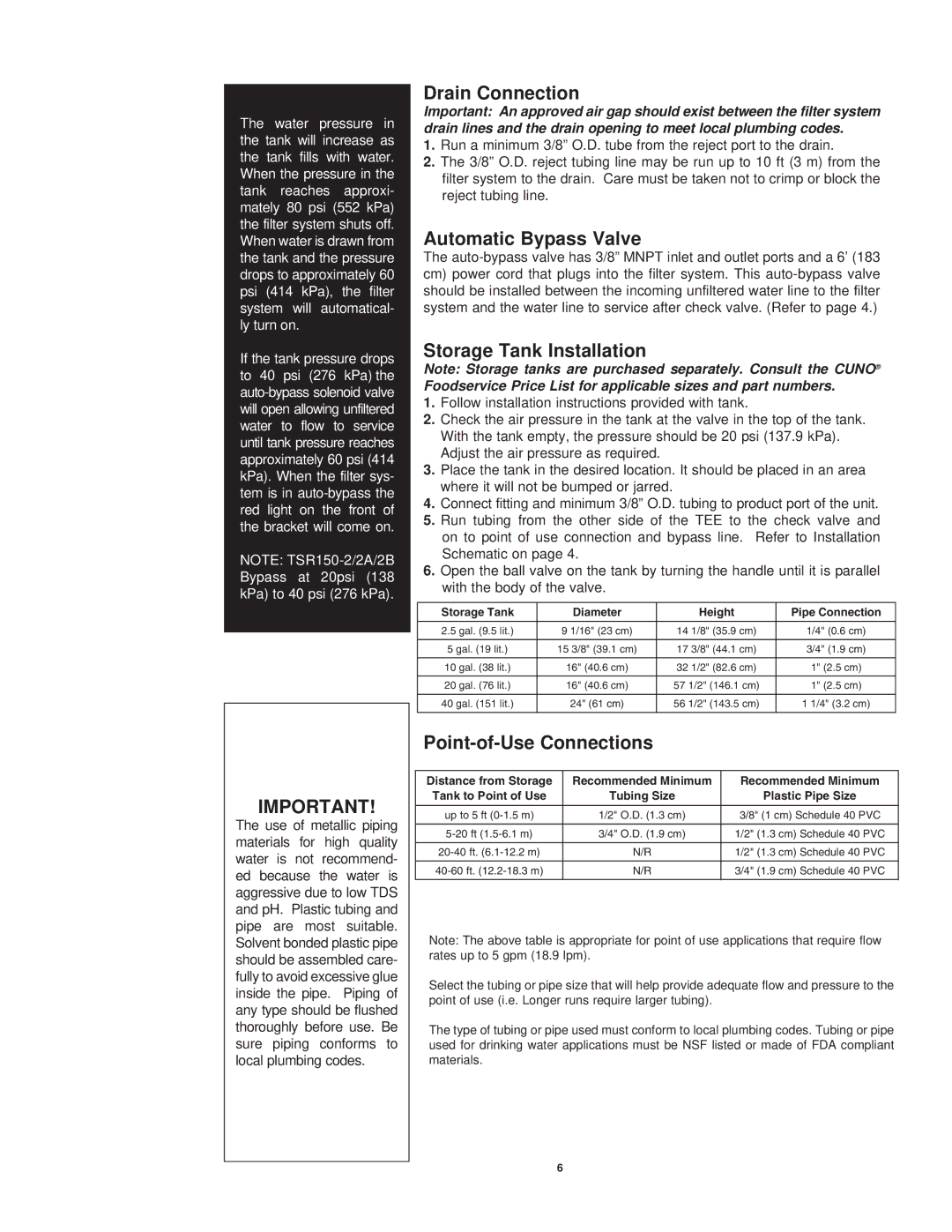TSR150, STM150 specifications
3M, a global leader in innovation and technology, has developed a range of solutions for various industries, including bonding, sealing, and fastening products. Among these, the 3M STM150 and TSR150 stand out as remarkable offerings focused on providing exceptional performance in the realm of adhesive technologies.The 3M STM150 is a versatile safety tape that excels in providing high visibility in various environments. With a bright yellow color, it is designed to enhance awareness and improve safety in workplaces, especially in areas where there is foot traffic. The STM150 is equipped with a pressure-sensitive adhesive that allows for easy application on multiple surfaces. This product is not only durable but also water-resistant, making it suitable for both indoor and outdoor use. Its high-friction surface helps to reduce slip hazards, especially in industrial settings where safety is a top priority.
On the other hand, the 3M TSR150 is an advanced tape designed specifically for temperature-sensitive applications. One of its key features is its high-performance adhesive that remains strong even in challenging conditions. The TSR150 is particularly effective in environments that experience extreme temperatures, ensuring reliable bonding without compromising integrity. The tape is engineered to provide excellent dimensional stability and flexibility, allowing it to conform to various surfaces and shapes. This makes the TSR150 an ideal choice for automotive, aerospace, and electronics applications where precision and reliability are paramount.
Both the STM150 and TSR150 utilize 3M’s proprietary technologies, including advanced adhesive formulations and robust backing materials that enhance their performance. The tapes are designed to withstand environmental stressors such as moisture, UV rays, and chemicals, ensuring longevity and reliability in various applications.
In summary, the 3M STM150 and TSR150 are two distinctive products that showcase 3M's commitment to innovation and quality in adhesive solutions. The STM150 enhances safety through high visibility and slip resistance, while the TSR150 offers exceptional performance in temperature-sensitive environments. Each product embodies the advanced technologies and characteristics that 3M is renowned for, making them valuable tools in enhancing safety and efficiency across numerous industries.

